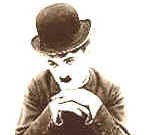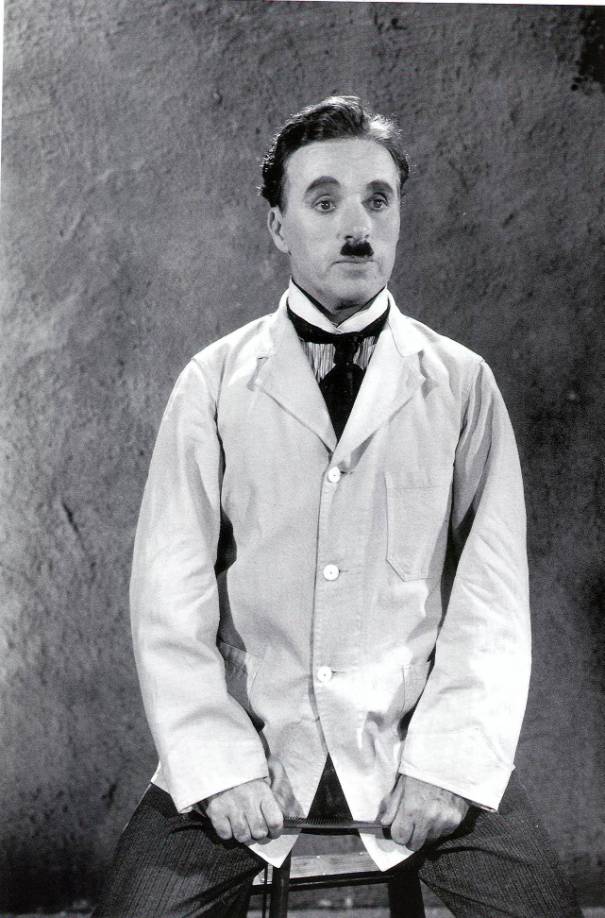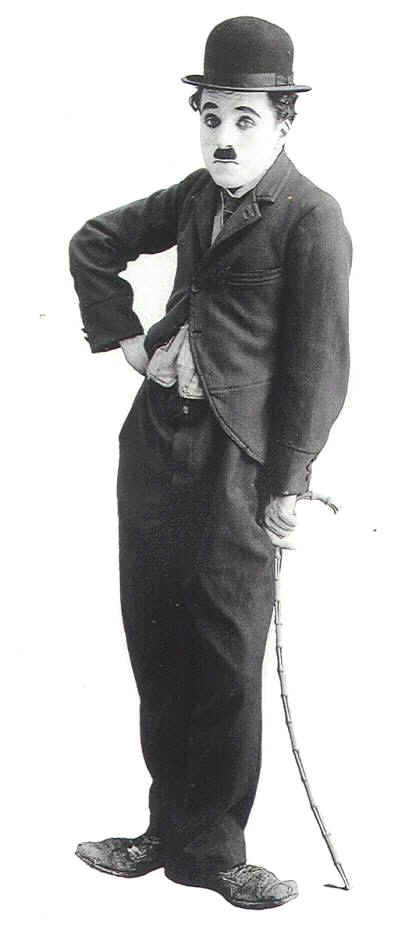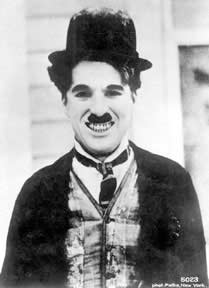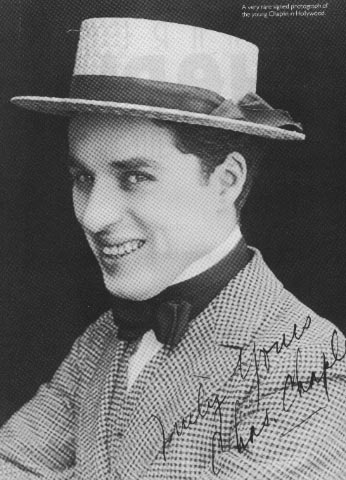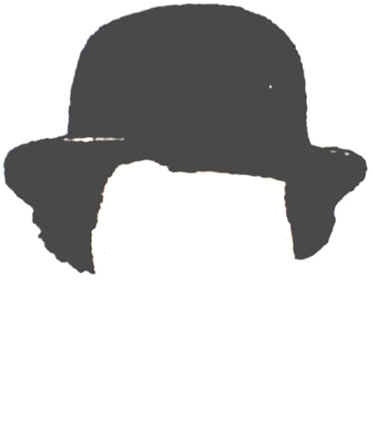|
|
Charlie Chaplin CKV1/CKV3 drama Onderwerp: Hoe wordt een personage opgebouwd? |
|
1.Lees de volgende uitspraak van Chaplin en beantwoord de volgende vragen: I
lay out my plot and study my character thoroughly. I even follow the
character I am to represent for miles or sit and watch him at his work
before I attempt to portray him. for instance, I recently took the part of
a barber. I even went and got my hair cut, which is my pet aversion. In
fact I never get it cut until the boys along the street yell at me. ...... But I picked out a particularly busy barber shop, so that I could sit there a long time before my turn came. I watched all the barber's ways. I studied out exactly what he did, and what he might be expected to do in my photoplay. then I followed him home that night. He was dome walker, and it was three miles to his home, and I wanted to know all his little idiosyncrasies.(Victor Eubank, 1915) a. Moet volgens Chaplin het personage dicht bij de aard en manier van doen van de acteur liggen?
b. Chaplin werkt aan de opbouw van het personage in zijn film in twee fasen. Welke fasen zijn dat? Het bleef niet bij het bestuderen, uit andere
interviews blijkt dat Chaplin
na het bestuderen van de kapper (en andere personages) nog lang
oefende om zich de houding en de gebaren eigen te maken. c. Bij welke speelstijl hoort de manier van werken van Chaplin?
Chaplin gebruikte het personage van Charlie als kapper ook in een veel latere film ‘the great dictator’. Onderwerp mimiek en bewegen In de volgende uitspraak
vertelt Chaplin hoe hij worstelde om zijn komische personage
Charlie volledig vorm te geven. He
explained all about that little moustache and those long, turned-up shoes
of his after a while. "You see," he related, "I haven't a
comedy face. I had been playing the part of
a drunken man in a vaudeville skit when I got an offer from the
Keystone people, and I realized the handicap of not having a comedy face
right away. I had the feet and the walk. That walk came all the way from
England. My old uncle used to keep a public house, and there was one of
those old habitual drunkards that used to lean up against the wall for
hours at a time waiting for a chance to beg or earn a few cents. When a
rig drove up to the door he'd hobble out to hold the horses, and he'd be
in such a hurry with his poor old sore feet, in their broken old shoes,
that he walked just about the way I walk in the movies. But
I had to study for a long time to find out what I could do with my face.
Painting wouldn't fix it, so I tried the moustache. Then I found that if
it were a big moustache it hid the lines of my face on which I depend for
a good deal of the expression" - those are the lines running from
nostrils to the corner of the mouth - "so I kept cutting it down,
smaller and smaller until it became the funny little thing that it is
today." 2. Lees de tekst. Hoe bereikte hij zijn typische manier van lopen?
3. Om op een andere manier dan je gewone te leren lopen, is het nuttig te weten hoe je ‘gewoon’ loopt. Het is heel gek om opeens bewust ‘gewoon’ te lopen. Werk twee aan twee. Om de beurt probeer je precies zo te gaan lopen als de ander. Probeer ook een gebaar van de ander over te nemen. Probeer nu allemaal de loop van het personage Charlie over te nemen.
Noteer welke moeilijkheden je ondervindt en wat je gemakkelijk af gaat. 4. Lees de tekst. Wat was het probleem met Chaplins gezicht?
5. Bekijk de foto van Chaplin en oordeel of hij gelijk heeft met zijn opmerking over zijn gezicht. Bekijk de volgende foto’s met het personage Charlie met en zonder snor. Kijk ook naar de rest van de vormgeving van het gezicht. Stel je voor dat je grimeur bent. Teken op de bijgevoegde tekening het gezicht van het personage Charlie in. Rechts zie je een foto van Charlie Chaplin zonder dat de grimeur er iets aan gedaan heeft; een heel gewoon gezicht. 6. Neem een foto van je eigen gezicht en probeer daar een ‘grappig’ gezicht van de maken.
|
|
|
© Roy Export Company, courtesy NBC Photographie, Paris DE DIGITALE SCHOOL. Samenstelling in samenwerking met Kunsthal Rotterdam als voorbereiding op tentoonstelling Charlie Chaplin. 29-04-2010 H Coppens/H Baggen |
|
